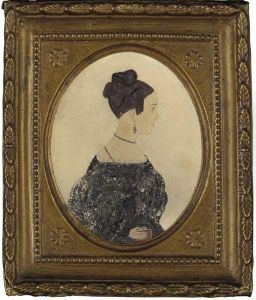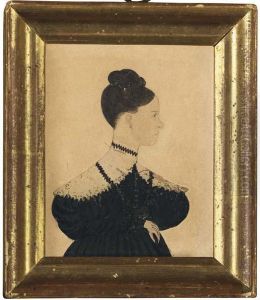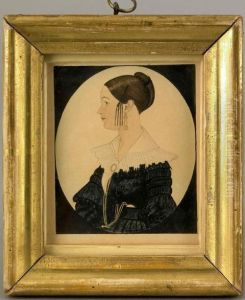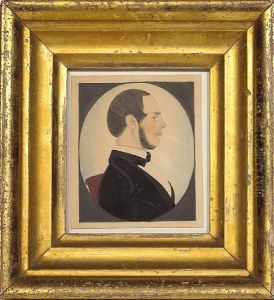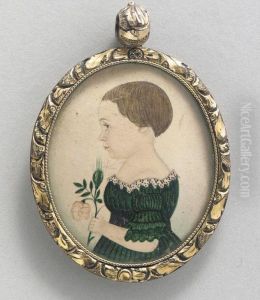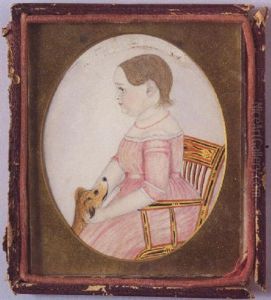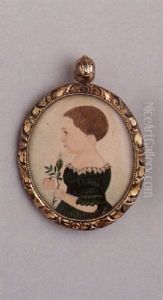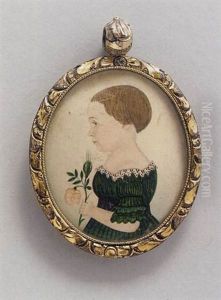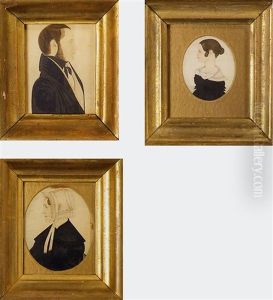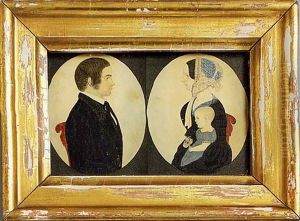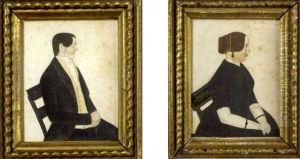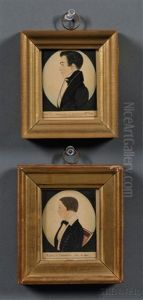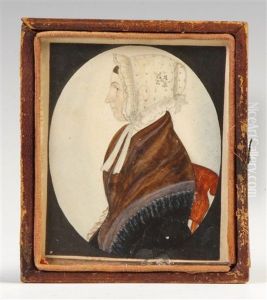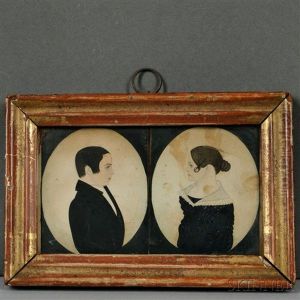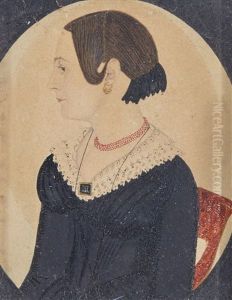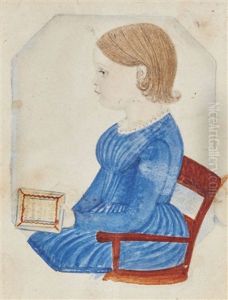Justus Dalee Paintings
Justus Dalee was an American folk artist known for his portraits, primarily active in the mid-19th century. Dalee was born on January 19, 1793, in Amenia, New York. Not much is known about his early life and training, which is common for many folk artists of the period. He was part of a family of artists; his father, James Dalee, was also a painter, and his brother, Nelson Dalee, worked as an engraver.
Justus Dalee's career as an itinerant painter took him through various parts of New York and the Midwest. His work is characterized by its straightforward portrayal of his subjects, with a focus on capturing their likeness rather than adhering to the stylistic nuances of academic art. His portraits are noted for their detailed rendering of clothing and accessories, which often reflect the status and personal tastes of his sitters.
Dalee's paintings are a valuable record of American folk culture and aesthetics during a time of significant change and development in the country's history. His art reflects the democratization of portraiture, which was becoming more accessible to the middle class rather than being reserved for the elite. The style of his work aligns with the broader genre of American folk portraiture, which is characterized by a certain naivety and directness in technique, often emphasizing attributes of the individual sitter over the pursuit of idealized beauty or grandeur.
There is a scarcity of information concerning Dalee's life, and much of what we know about him is derived from the analysis of his surviving works. He passed away on October 6, 1878, in Elgin, Illinois. Today, his paintings are considered important examples of American folk art and are collected and studied for their historical value as well as their aesthetic appeal. They can be found in various art institutions and private collections, contributing to the understanding of the visual culture of the United States in the 19th century.
